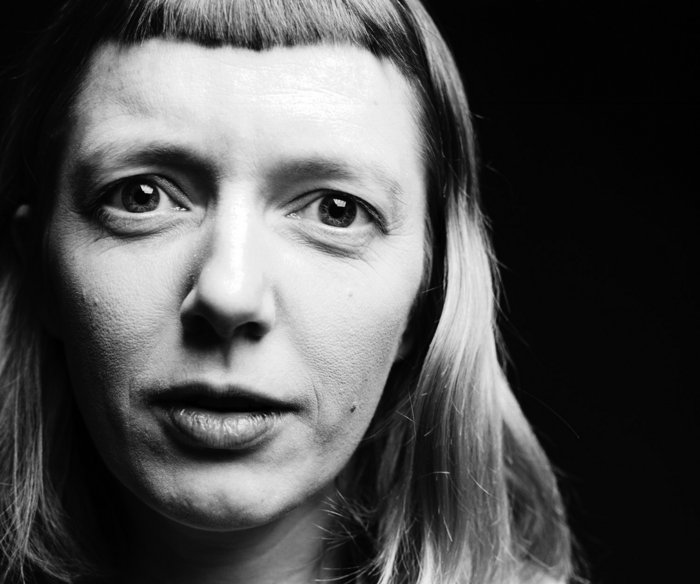The new work “Reflection” will premiere at HAU at the end of May. The choreographer, who received an award at the “Deutscher Tanzpreis” 2019 for outstanding artistic developments in contemporary dance, completes her trilogy about collective bodies with this piece. In the interview she speaks about her research on movements and the stages at HAU1 and HAU2.
“Reflection” is the final part of a trilogy about collective bodies that began in 2014 with “Collective Jumps” and continued in 2016 with “Pieces and Elements”. The word ‘reflection’ contains both physical and philosophical connotations. What does it mean for you, and how does your new piece differ from its predecessors?
“Reflection”is both a mirror and critical observation of realities and their respective perception. The reflection of movement plays an important role here, but also the point of view and perspective from which something is viewed. The term ‘reflection’ means many things: mirror image, self-examination, contemplation, reverberation, likeness, consideration and also retrospection – with my new group piece I look back in a certain way to the previous two works.
Central to “Collective Jumps” was the utopia of community as an (im)possible social model. We examined folk dances in terms of their order and structures. The interlinking of limbs, which functioned like individual performers, caused the appearance of a huge, endless group body. In “Pieces and Elements” an analogy with nature enabled us to organize bodies and body parts into choreographic arrangements that became a kind of cubist landscape. Here the individuality of single people was reduced to their specific physical contours, rhythms and characteristics – the audience rarely sees their faces in this piece.
In “Reflection” all the performers also appear as persons connected with the others in their own uniqueness. Everyone takes on every role in the course of the piece: that of protagonist, helper, victim or leader. A complex system of ‘taking turns’ comes about, leading to constantly changing figurations. The roles of the performers and their patterns of movement are repeated and reproduced so that the entire ‘organ’ appears to be an endless mirroring process, and every movement flows into the next, like a chain reaction.
The block-like structure of “Collective Jumps” and the landscapes of “Pieces and Elements” are replaced by a framework similar to muscle strands, within which leading involves following, and vice versa. The focus of attention has become the subjective uniqueness of moving oneself and others, of being a driving force and motor (or subject to one).
